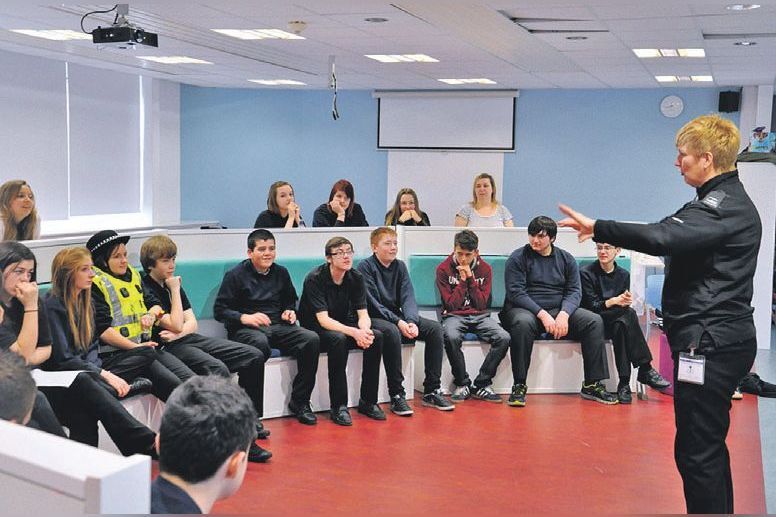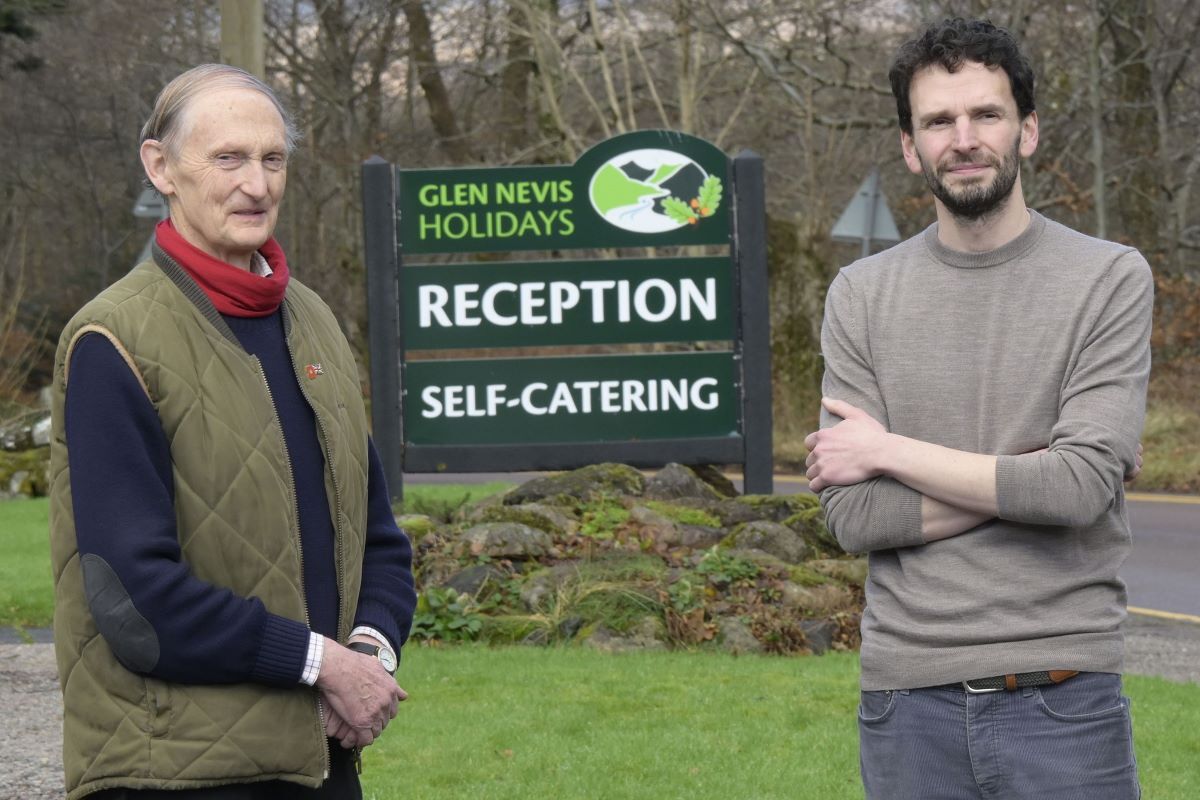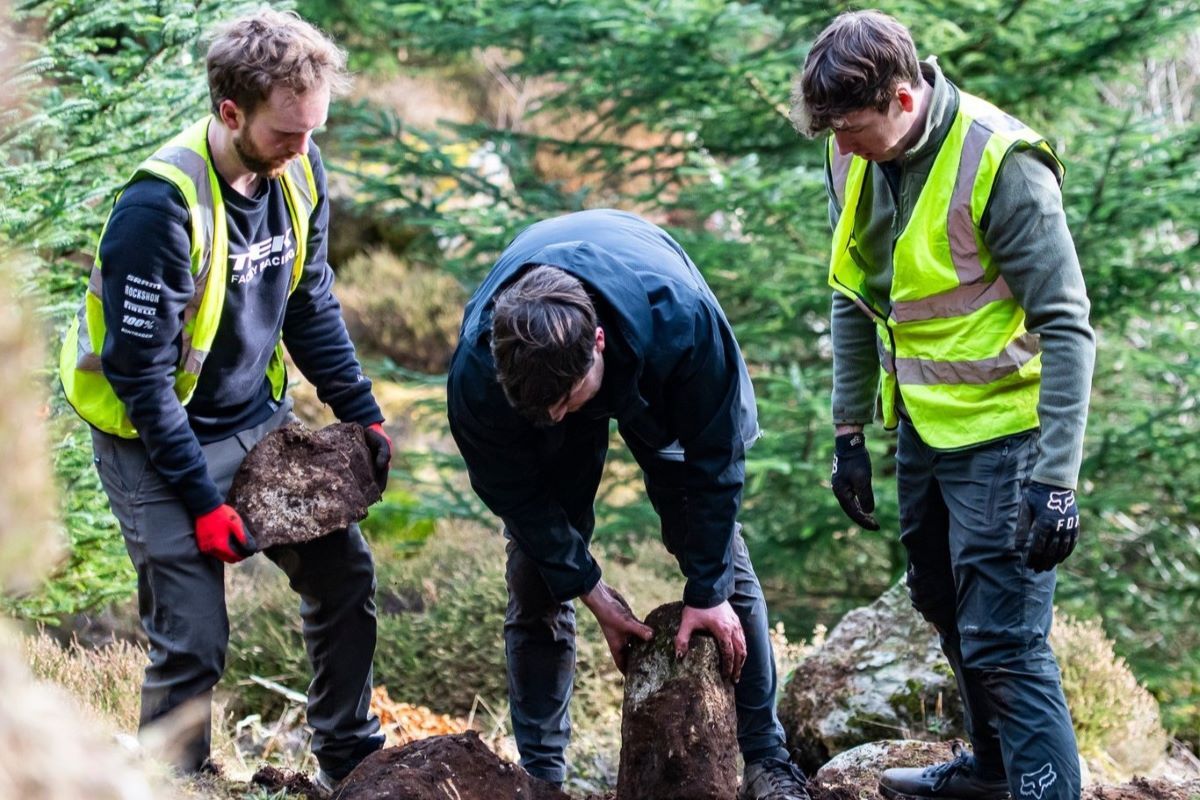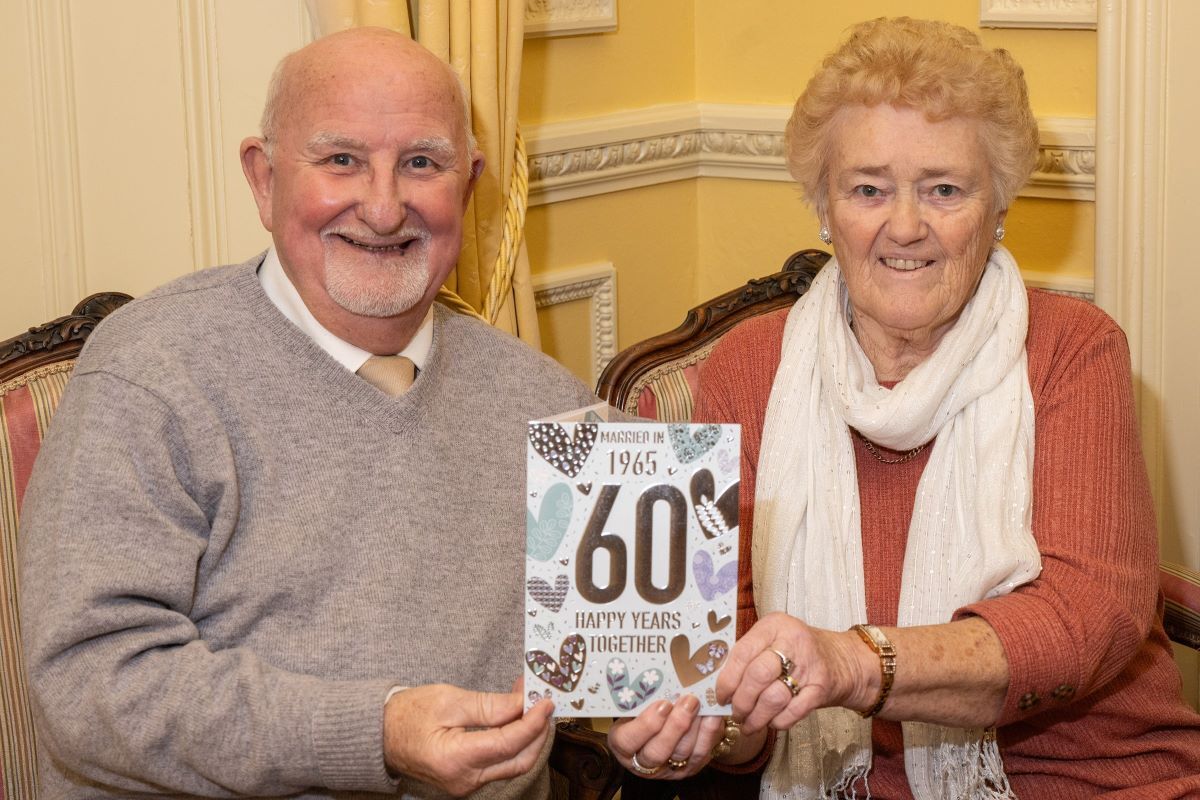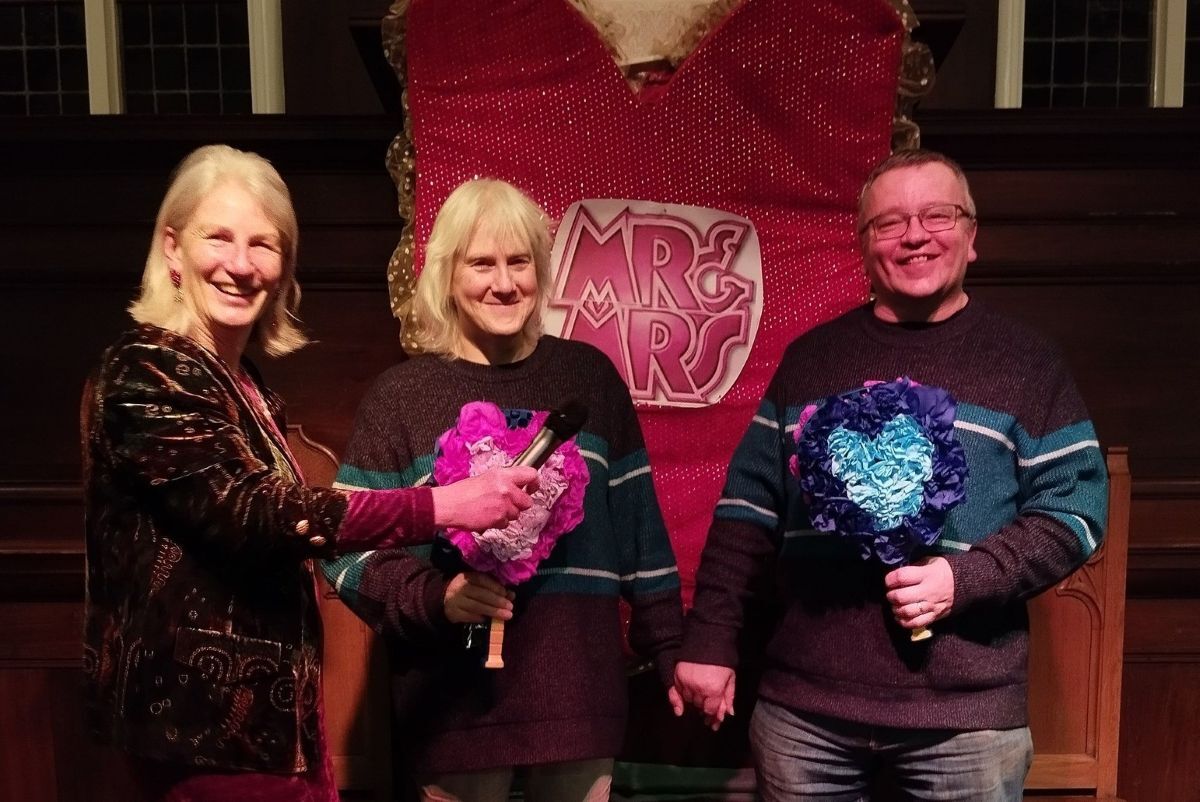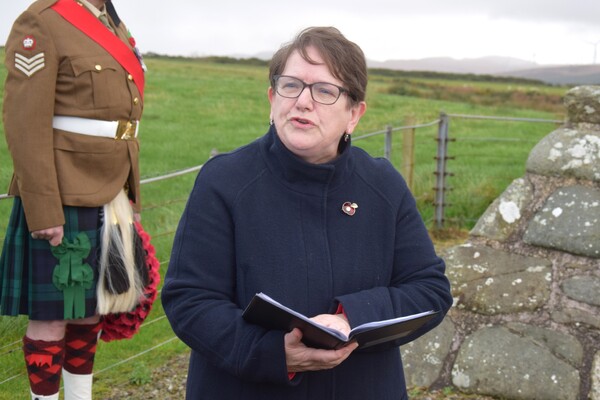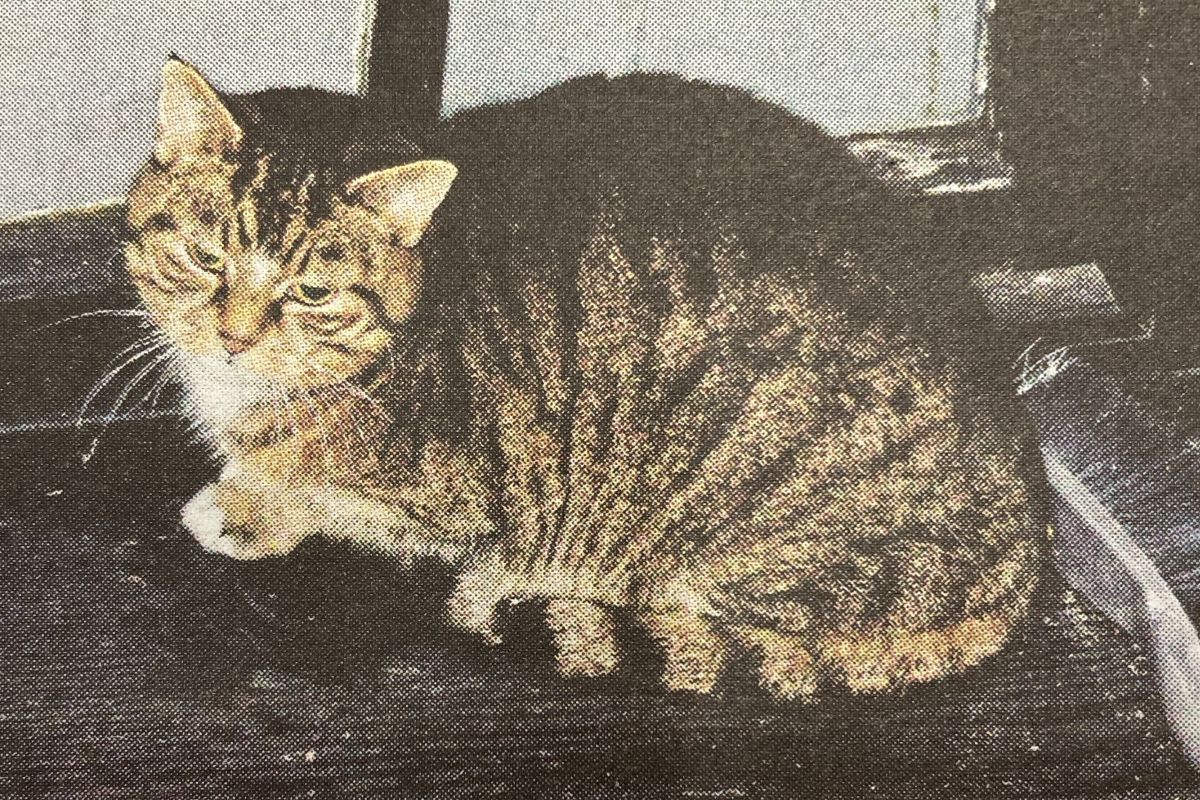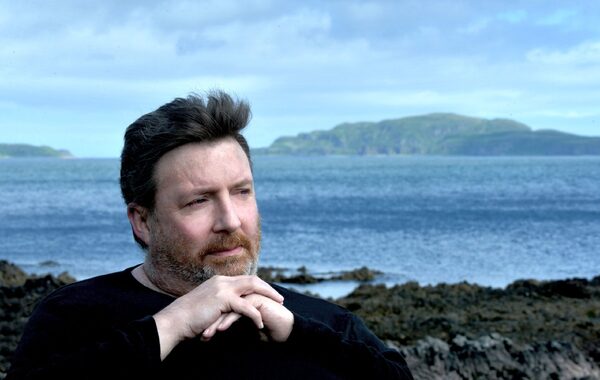Campbeltown Courier From Our Files - 14.2.25
TEN YEARS AGO
Friday, February 13, 2015
Pilot project will replace GPs with nurses
Nurses could replace GPs in providing an out-of-hours service to cut rocketing £3 million annual costs.
NHS Highland pays £21 an hour for an unscheduled care nurse compared to £129.89 for a locum GP.
Now pilot projects using nurses instead of GPs will start in Mid Argyll and Kintyre from next month.
Gill MacVicar, the health board’s director of operations, said the system for patients needing urgent care was “not affordable”.
Figures reveal that providing the service to patients can in some areas of Argyll and Bute top £2,157 in stark contrast to Inverness, where the cost is £85.49.
Ms Mac Vicar said: “The strain on finances of delivering out-of-hours care is so severe it will now mean other important developments are not able to be progressed.”
The model of care used between the hours of 6pm and 8am was put in place in 2004 when GPs were able to opt out of providing the service on a practice basis.
Since 2008, the responsibility for the service has been managed at a local level and has seen a 20-fold increase in costs.
In Oban there are, on average, 54 call-outs a week for advice or an urgent appointment at home or in the hospital.
On Mull, there are an average of two, while Lochgilphead sees seven and Campbeltown only two.
£250,000 boost for Islay and Jura
Islay and Jura are to receive Commonwealth Games legacy funding.
One of only six Scottish areas to be awarded legacy funds, the sum was donated by Fourteen, a community-driven programme funded by Spirit of 2012, a charity set up by the Big Lottery Fund.
The funding could help boost participation in areas such as volunteering, grassroots sport, physical activity, cultural activity and arts.
A decision-making panel on the islands will be established in February to which individuals, clubs and organisations can submit funding bids adhering to Fourteen’s criteria.
Foundation Scotland, Islay and Jura Community Enterprises will assist with co-ordinating Fourteen activity, helping to identify matched funding opportunities for clubs, groups and organisations.
Gary Scott, head of fundraising for Islay and Jura Community Enterprises, said: “People should start discussing how their ideas could be developed into a project.
“Fourteen is a real opportunity for everyone from eight to 80 to get involved and make Islay and Jura an even better place.
“Community consultation events will take place soon where residents can find out more about Fourteen and how to get involved.
“People can also put themselves forward or nominate someone else to be on the Fourteen Panel, which will shape the project and make decisions on applications.”
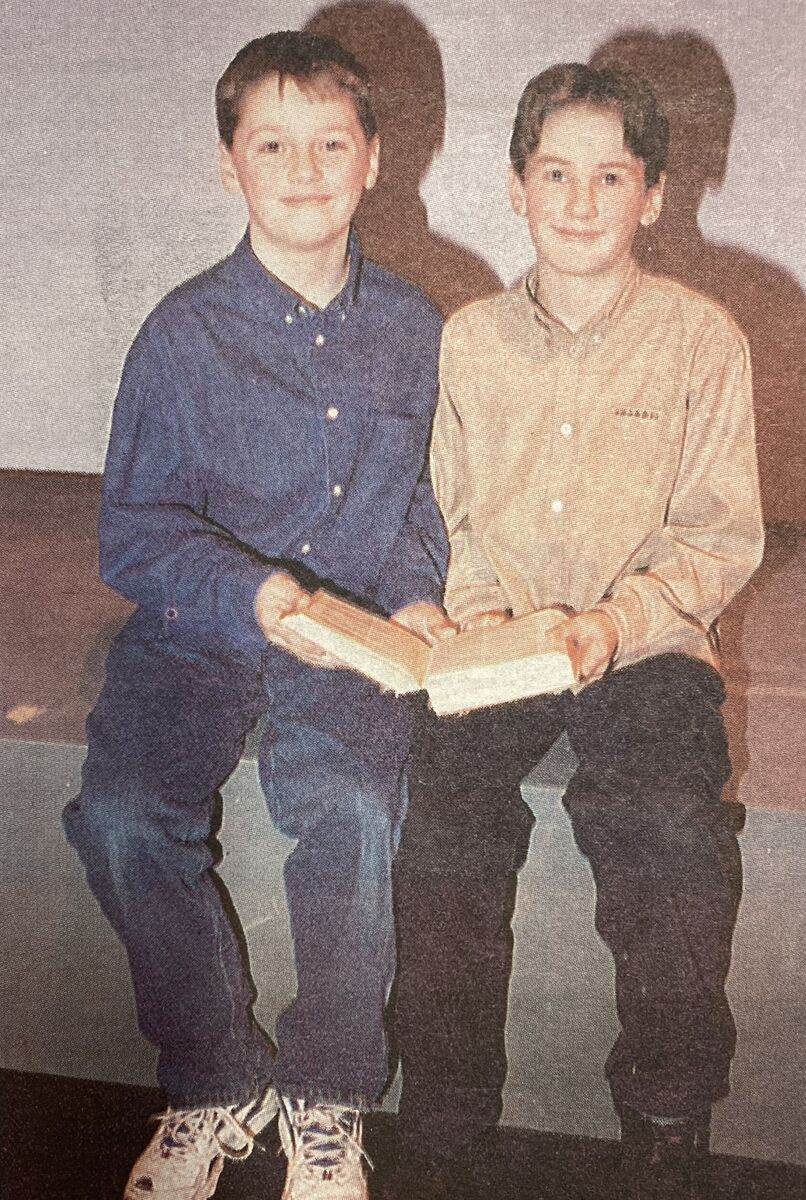
TWENTY FIVE YEARS AGO
Friday, February 18, 2000
They did us proud at the Dome
Eighty young people from Kintyre were the pride of Argyll and Bute last Friday when they represented the area at the Millennium Dome in Greenwich, London.
Argyll and Bute Council chose Campbeltown to represent the area because this year also marks the town’s 300th anniversary of becoming a Royal Burgh.
Months of hard work proved to have been worth all the effort when the youngsters took to the stage at the Dome to tell Campbeltown’s ‘Our Town Story’ during three packed performances in the 500-seat McDonald’s theatre.
Laughter, sadness, drama, music and dance enthralled the audiences which included hundreds of mums and dads who had travelled south on special coaches and trains for the once in a lifetime opportunity.
The huge amount of talent in Kintyre was on display throughout the show and during sessions by Campbeltown Brass Band at the entrance to the Dome and playing by local pipers and musicians. There was also an exhibition and video on show.
Campbeltown’s ‘Our Town Story’ saw school pupils aged eight to 18 from Campbeltown Grammar School and Carradale, Castlehill, Dalintober, Drumlemble, Gigha, Glenbarr, St Kieran’s and Southend primary schools tell the story of Campbeltown from 1700 to the present day in the special stage production told through the eyes of local boy ‘Argyll Campbell’ and his new friend Ronald McDonald.
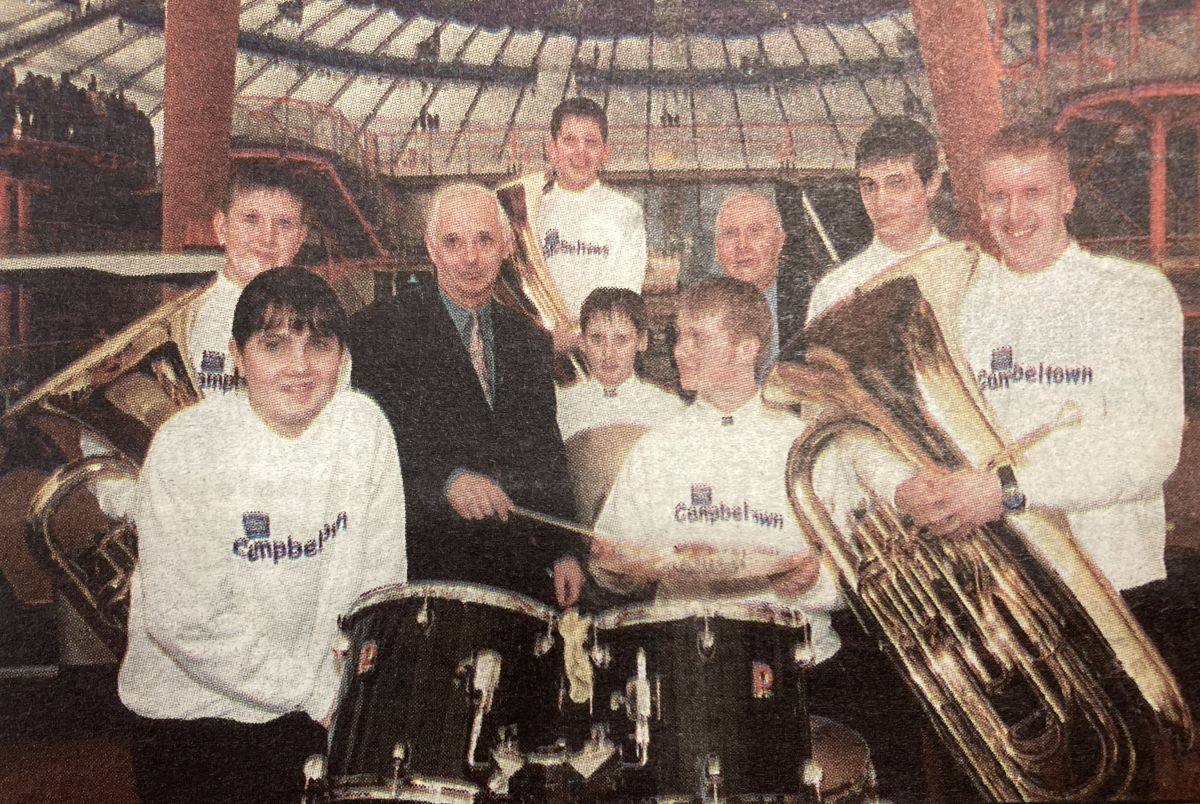
FIFTY YEARS AGO
Thursday, February 13, 1975
Andromeda launched
Campbeltown Shipyard’s first launching of the year took place on Monday when an 80-foot seiner/pair trawler went down the slipway at Trench Point.
She was named Andromeda by Mrs Isabel Campbell, wife of Skipper Jim Campbell who owns the new vessel in partnership with Mr Hamish Mackenzie and Mr Hamish Macpherson.
Andromeda is the third vessel of this type built at Campbeltown Shipyard for the Campbell family.
Skipper Jim Campbell’s brothers, Skipper William Campbell and Skipper Andrew Campbell have the Ajax and Argosy, two of the most successful vessels in Scotland’s north-east coast fishing fleet.
The tenth all-welded steel boat built to the yard’s Campbeltown 80 design, Andromeda’s principal dimensions are: LDA, 79’ 11’; LBP, 70’ 43’ breadth moulded, depth moulded, 11’ 0’; design mean draft, 8’ 0’.
Her main engine is a Caterpillar D379TA of 565 BHP de-rated to 500 BHP at 1,225 rpm driving a four bladed fixed pitch propeller.
This engine, fitted with a box cooling arrangement, has a power take-off shaft at the front end. It powers two Transmotor generators of 110 volts and 24 volts, for the vessels dual electrical systems in addition to a hydraulic pump for net retrieve.
The auxiliary engine, a Volvo MB70B, also drives Transmotor generators of 110 volts and 24 volts as well as a Desmi 5A80 bilge pump and a Dowty hydraulic pump with clutch. The main bilge pump is also a Desmi 5A80 model, driven by a 110 volt electric motor.
Andromeda’s general arrangement is typical of the Campbeltown design, with a net and gear store in the fore-peak over a fresh water tank, insulated fishroom of approxi-capacity with seine rope bins at the fore end; engine room and accommodation aft for the crew of eight.
Her deckhouse contains a messroom, galley and toilet in addition to the wheel-house.
On deck where an aluminium gutting shelter is provided, equipment includes a Sutherland seine/trawl winch with Dowty hydraulic equipment working in conjunction with a Beccles No. 2. coiler arranged to feed the rope bins below. There is also a 24-inch Rapp powerblock.
The vessel’s equipment includes a Decca navigator, plotter and 450M autopilot; Sailor 400 watt SSB radio-telephone and VHF radio-telephone; two Kelvin Hughes Type 17 radar sets with VRM, an MS44 echo sounder with bottom lock, a Mark 9 fish loop and an Amplidan talkback system with four stations.
ONE HUNDRED YEARS AGO
Saturday, February 14, 1925
Public urinals
The Public Health Committee recommended the conversion of the Sanitary Inspector’s Office at the head of the Old Quay into a urinal at an estimated expenditure of £170, and the removal of the existing urinal there.
It was agreed to delay meantime the erection of a new urinal at the junction of Roading and Millknowe. Colonel Mactaggart, as convener of the committee, moved the adoption of the report.
Hon Treasurer Smith seconded, and commended this proposal as a step in the council’s policy to modernise the existing urinals in the burgh.
Mr M’Grory moved an amendment against the proposal. He objected to £170 being spent in this way, maintained that the existing urinal is now well kept and sufficient, and that it would be madness to spend so much money at this juncture, when in a few years the whole question of the weigh-house would require to be tackled.
At present, the weigh-bridge could not take on a motor lorry of four to five tons, and as this mode of transport was likely to increase the council would ultimately have to make provision for weighing vehicles much larger than they were at present.
The weigh-house created congestion at the head of the quay, and if they enlarged the weigh-bridge matters would be made worse. It would be squandering money to spend £170 on a building that in five years’ time would probably have to be removed.
Mr M’Nair seconded the amendment, expressing agreement with agreement with Mr M’Grory on the point that the removal of the weigh-house would be a question with which the council would be faced at no distant date.
He had in mind the triangular piece of ground opposite the Albert Halls as a suitable site for the weigh-house.
Colonel Mactaggart said this was not his pet scheme; he did not even suggest it, but he considered it would be a desirable improvement.
It was desirable that the council should bring these places up to modern sanitary conditions. The existing erection was not the clean, salubrious place Mr M’Grory had tried to picture it. It was a very ugly old pepper box.
If the Town Council was prepared to spend £170 they could get a urinal there, modern and up-to-date, and if it could not be described as a credit to the town, it would not be a discredit.
He agreed with the policy of going on replacing old urinals with modern ones.
They might possibly someday need a new weigh-house, but as it stood at present the building was a safeguard for motor traffic.
Mr Fisher supported the proposal, and considered that for £170 it would be well-hoped at the same time that the committee would consider the opportunity this improvement gave of beautifying the Quay Head by forming plant and flower beds round the building.
Latest News
JOBS
Business Development Manager - Highland Broadband
Sign up to our daily Newsletter
Permission Statement
Yes! I would like to be sent emails from West Coast Today
I understand that my personal information will not be shared with any third parties, and will only be used to provide me with useful targeted articles as indicated.
I'm also aware that I can un-subscribe at any point either from each email notification or on My Account screen.
You may also like
Latest News
JOBS
Business Development Manager - Highland Broadband

